Application and Prospects of Hydrolysis-Resistant Agents in Solvent-Free Polyester-Type Polyurethane Systems

Solvent-Free Polyester-Type Polyurethane Systems As environmental regulations tighten and the demand for sustainable manufacturing grows, industries worldwide are seeking to develop and adopt high-performance materials that are environmentally friendly and sustainable. Polyurethane, as a versatile high-performance polymer, plays a significant role across multiple industrial sectors. Its excellent mechanical strength, chemical resistance, and adhesion capabilities make […]
Using Anti-Hydrolysis Technologies to Enhance the Longevity of Polyester Monofilament Used in Paper Machine Screens
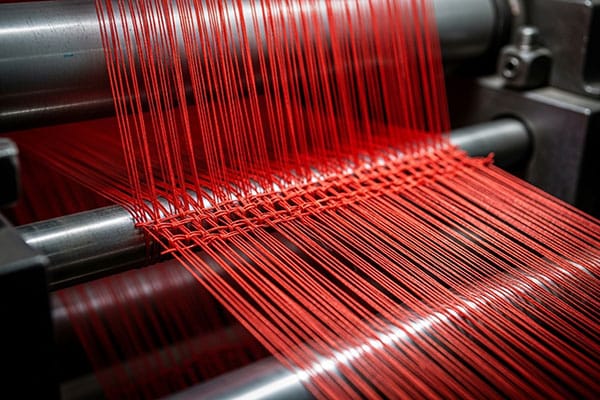
The screen mesh is a crucial component in modern papermaking. It supports pulp flow and maintains paper flatness. The durability and stability of the material directly affect production efficiency and paper quality. Polyester monofilament is widely used in screen meshes due to its outstanding mechanical performance, chemical resistance, and wear resistance. However, over time, monofilaments […]
The Critical Role of Hydrolysis Stabilizers in Acid Removal from EVA Films: The Unsung Hero Behind Solar Module Longevity
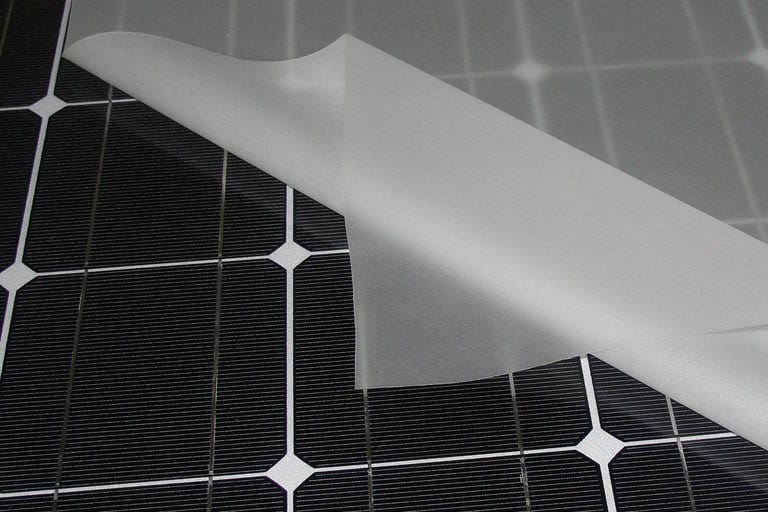
Background As global demand for clean energy continues to grow, the photovoltaic (PV) industry is undergoing rapid technological advancement. Among the materials used in PV module encapsulation, EVA (ethylene-vinyl acetate copolymer) film plays a critical role due to its flexibility, transparency, and adhesive properties. However, EVA films face a major challenge during long-term service: acid […]
Carbodiimide Hydrolysis Stabilizers for PU Shoe Sole Systems: A Durable Solution Against Degradation
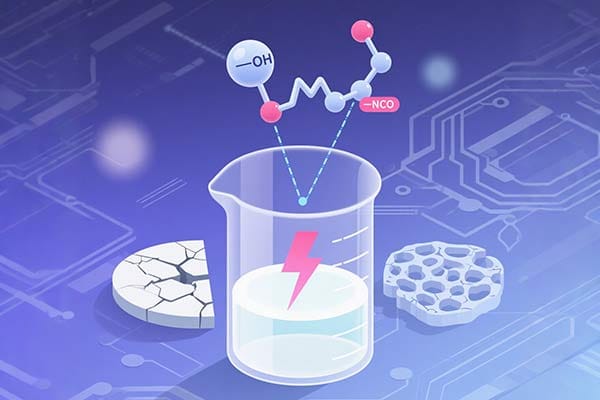
Polyurethane shoe soles, known for their cushioning and abrasion-resistant properties, are widely used in the footwear industry today. However, PU materials—especially polyester-based PU—are prone to hydrolytic degradation, particularly in humid climates or after long-term storage. This can lead to issues such as stickiness, foaming, or crumbling of the soles. Carbodiimide-based hydrolysis stabilizers are additives that […]
Polycarbodiimide: A Non-Toxic and High-Performance Crosslinker for Water-Based Coatings and Adhesives
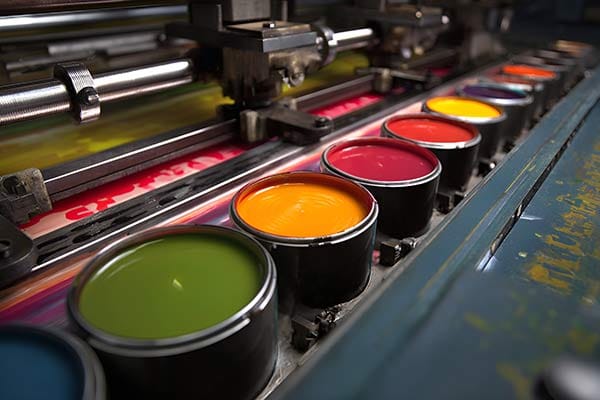
As environmental regulations tighten globally, water-based coatings and adhesives are increasingly replacing solvent-based systems in industrial packaging, printing, lamination, and more. While offering clear environmental and safety benefits, water-based systems often struggle with: To address these challenges, functional crosslinkers are introduced to enhance performance. Among the emerging solutions, Polycarbodiimide (PCDI) has gained widespread attention due […]
Flame-Retardant BOPET Films in Consumer Electronics: Enhancing Fire Safety Through Polyphosphonate Flame Retardants
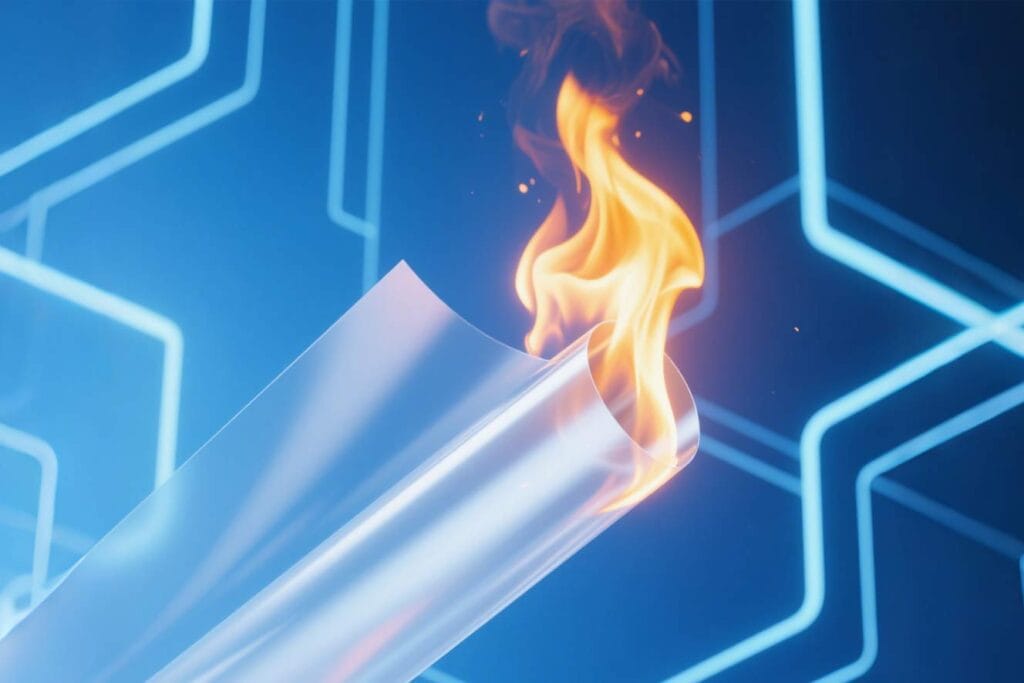
As consumer electronics evolve toward lighter, thinner, and higher-performance designs, thermal stability and flame retardancy are becoming more important than ever. BOPET (biaxially-oriented polyethylene terephthalate) is widely used in displays, labels, battery modules, and protective layers for electronic components. This article explores the applications of flame-retardant BOPET films in consumer electronics and highlights the unique […]
Revolutionizing Industries: Top 10 Innovative Chemical Products Shaping the Future
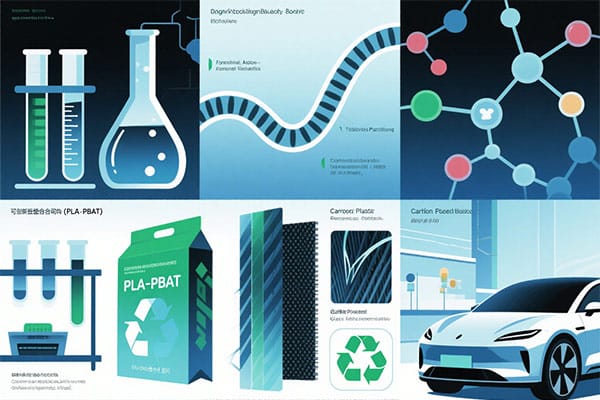
Chemicals are at the forefront of today’s technological revolution. The use of advanced chemical products is driving innovation across every major industry—from automotive and electronics to packaging and renewable energy. With increasing demands for sustainability, performance, and recyclability, these materials are transforming modern manufacturing and engineering. This article highlights the top 10 most innovative chemical products that […]
PMDA vs Epoxy Chain Extenders: A Comprehensive Comparison for Polyester Modification
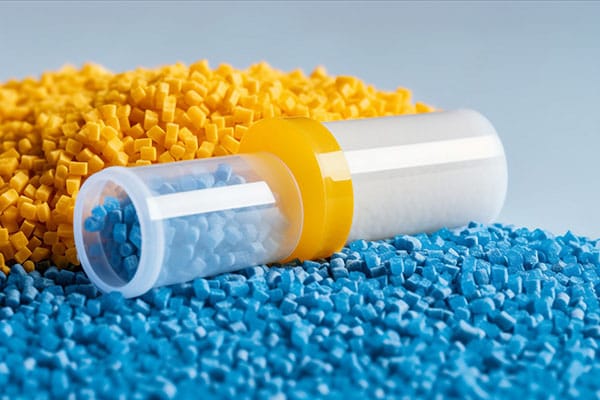
In the field of polyester modification—particularly when working with materials such as PLA (polylactic acid), PET, and rPET—chain extenders are vital additives used to improve melt strength, molecular weight, and overall processability. Two popular types of chain extenders are PMDA (pyromellitic dianhydride) and epoxy-functional chain extenders, such as HyMax® KL-180. Although both aim to achieve similar goals […]
Application of HyMax RT-A1 Flame Retardant Masterbatch in Transparent BOPET
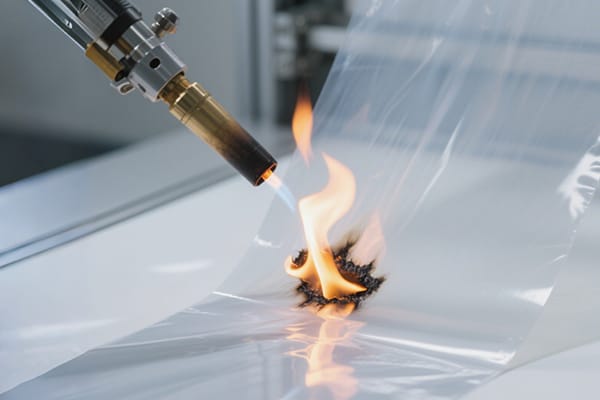
As consumer demand for product safety and environmental friendliness continues to rise, transparent BOPET (biaxially oriented polyethylene terephthalate) film, widely used in food packaging, electronic product protection films, and optical devices, is increasingly required to have enhanced flame retardancy. HyMax RT-A1 flame retardant masterbatch, an innovative flame retardant additive, is being applied in the production […]
